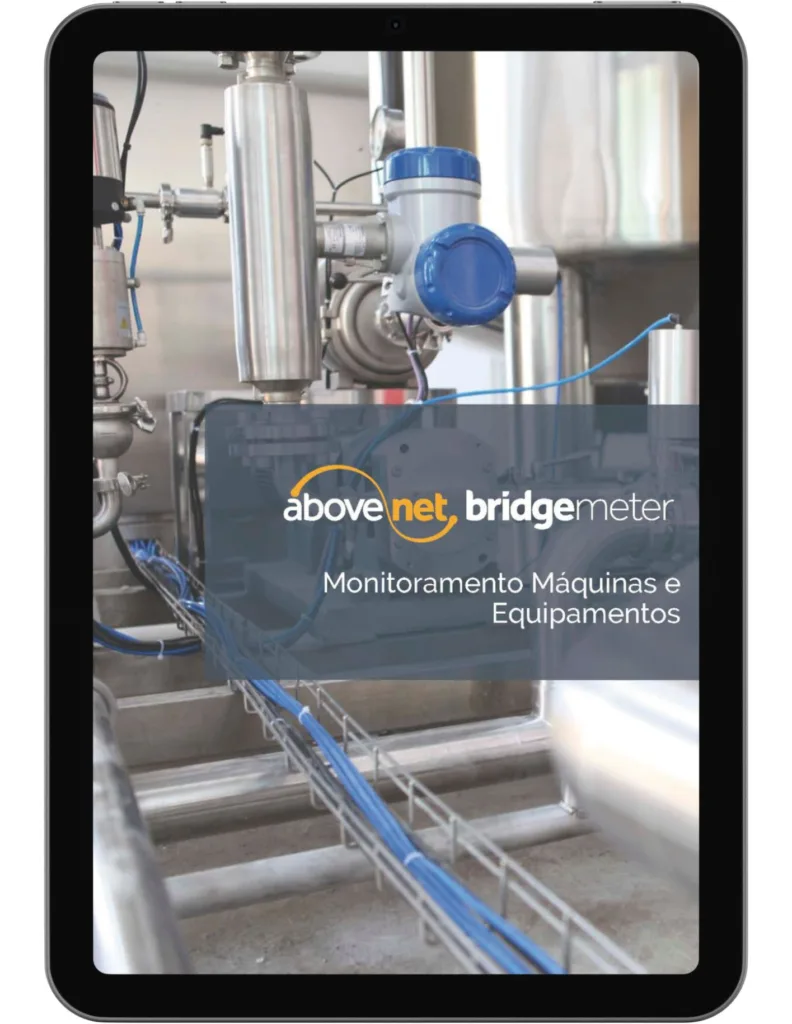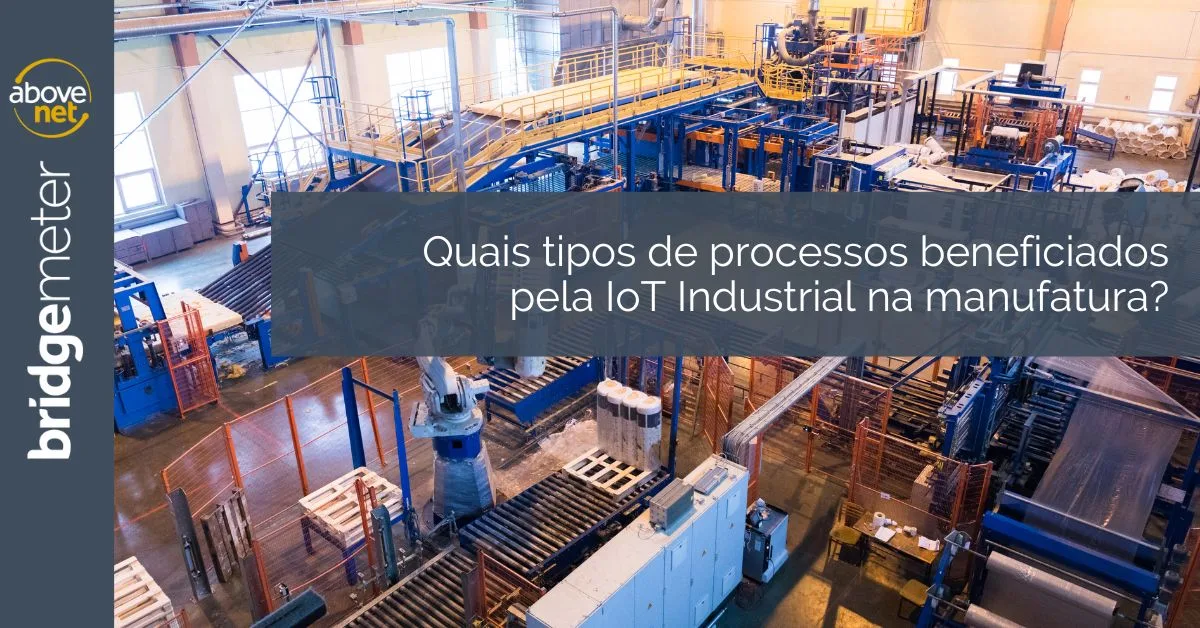The Industrial Internet of Things (IIoT) has emerged as a transformative force in critical application sectors, revolutionizing the way companies operate, monitor, and optimize their production processes. Implementing IIoT in processes is no longer an option, but an urgent necessity, driven by the constant search for operational efficiency, cost reduction, and increased competitiveness in the global market.
Digital Transformation in Industry
The IIoT's ability to connect machines, devices, and systems enables real-time data collection and analysis, offering valuable insights that can lead to significant improvements in efficiency, productivity, and sustainability. Through the automation and intelligence provided by the IIoT, industries can achieve a level of precision and control over their production processes that was unimaginable just a decade ago.
Furthermore, incorporating IIoT into industrial processes enables continuous and predictive equipment monitoring. This allows for early detection of potential failures or inefficiencies, preventing them from escalating into more serious problems. This approach not only reduces downtime and costs related to corrective maintenance, but also extends equipment lifespan and ensures employee safety.
It's worth noting that the IIoT is just one step toward digital transformation and that its applications are endless, with gains often yet to be realized in various segments due to this diversity. Regardless, the IIoT transforms and revolutionizes the sector it touches, offering unprecedented opportunities for efficiency and ongoing cost reduction, as we'll see in the examples below.
Types of processes that can be optimized with IIoT in manufacturing
1) Process Control
It involves monitoring and managing critical process variables, such as voltage, current, temperature, pressure, flow, and many others, to ensure the effective and safe operation of industrial machines and systems. Through intelligent IIoT monitoring, connected sensors capture real-time data on these variables, enabling accurate and continuous analysis of process performance. With intelligent algorithms and predictive analytics, the system can identify patterns, anomalies, and trends, providing valuable insights and alerts for optimization and failure prevention. Furthermore, integration with edge automated control systems and equipment enables automatic adjustments and precise remote interventions, ensuring more efficient, reliable, and safe operations.
2) Equipment Engineering and Maintenance
This encompasses the complete lifecycle management of industrial machinery and equipment, from installation to inspection, maintenance, and repair, ensuring efficient operation and preventing failures. Through intelligent IIoT monitoring, real-time data can be collected on equipment performance and condition, enabling proactive analysis of maintenance needs. Advanced data analysis algorithms can identify wear patterns, suggest preventive maintenance, and predict potential failures before they occur, reducing unplanned downtime and increasing operational reliability. This makes equipment engineering and maintenance more effective and efficient, ensuring continuous and safe operation of industrial facilities.
3) Emissions and Pollutant Management
It encompasses a series of procedures designed to control and minimize emissions of gases, liquid effluents, and other pollutants harmful to the environment. This involves monitoring and managing a variety of critical variables, such as turgor, pH, chlorine levels, CO2, membrane fouling, and others. Using intelligent IIoT monitoring systems, it is possible to collect real-time data on these variables, enabling a detailed analysis of the performance of pollution control processes. With advanced data analysis algorithms, it is possible to identify emission patterns, evaluate the effectiveness of filtration and effluent treatment systems, and optimize the performance of emission reduction technologies. By integrating cutting-edge technologies with environmental management practices, emissions and pollutant management becomes more effective and sustainable, contributing to environmental preservation and regulatory compliance.
4) Infrastructure and Air Conditioning Management
It encompasses a series of procedures designed to control and optimize the infrastructure of buildings and industrial facilities to ensure a safe, comfortable, and efficient environment. This includes monitoring and controlling variables such as humidity, temperature, door openings, and loading/unloading docks to ensure the efficiency of cooling and heating systems. Furthermore, monitoring cooling towers is essential, with important variables such as water temperature, voltage, and current being closely monitored. Unexpected shutdowns of this infrastructure equipment can result in significant operational interruptions and even damage to heat-sensitive products and equipment. Therefore, continuous monitoring of these variables is crucial to identify and resolve issues before they cause negative impacts. By utilizing intelligent IIoT monitoring systems, companies can gain real-time insights into infrastructure performance and proactively implement corrective actions, ensuring continuous and efficient operations.
5) Integration and Interoperability of Assets and Supervisory Systems
This field encompasses the implementation of an optimized architecture for industrial process monitoring, leveraging technologies such as programmable logic controllers (PLCs), supervisory control and data acquisition (SCADA) systems, and robotics. Improving interoperability is essential to ensure effective communication between these systems, enabling integrated data collection and analysis, and the eventual need for real-time remote intervention. Telemetry and remote monitoring systems play a crucial role in this process, offering a unified architecture for efficiently accessing and managing remote assets, enabling seamless and more comprehensive integration between PLCs and SCADA systems. This improved interoperability not only increases operational efficiency but also provides greater visibility, flexibility, and control over industrial processes, resulting in more informed and proactive decision-making.
6) Energy Management
This area encompasses a series of processes aimed at optimizing energy use in industrial environments. This includes detailed analysis of energy consumption, monitoring key variables such as demand, voltage, electrical current, and subsystems such as battery backup and generators. Furthermore, implementing efficient energy systems is essential to reduce waste and maximize operational efficiency. The integration of renewable energy sources, such as solar or wind, also plays an important role in the pursuit of more sustainable and eco-friendly operations. This integrated approach not only helps reduce operating costs but also contributes to reducing the carbon footprint and long-term environmental sustainability.
7) Standardization and Regulatory Compliance
Processes to ensure that industrial operations comply with national and international standards and regulations, including safety, environmental, and quality standards.
8) Process Integration for Automation
It involves the development and maintenance of integrated systems that facilitate efficient communication and coordination between various processes and departments in industrial environments. A significant advantage of this integration is the automation of certain processes, such as issuing service or purchase order requests, during fault deployment, or detecting anomalies confirmed by the field maintenance team. The use of an integrated intelligent IIoT platform, which enables a fast and accurate response to operational needs, increases efficiency, reduces downtime, and makes the process 100% digital.

Application
Avoid Unplanned Outages with Machine and Equipment Monitoring
The Machine and Equipment Monitoring catalog shows how Bridgemeter offers intelligent predictive monitoring and remote control of machines and equipment, improving efficiency and productivity in your industrial plant, while reducing risks and maintenance costs.
Read also:
Energy Efficiency in Industry: The Growing Importance of Smart Monitoring


